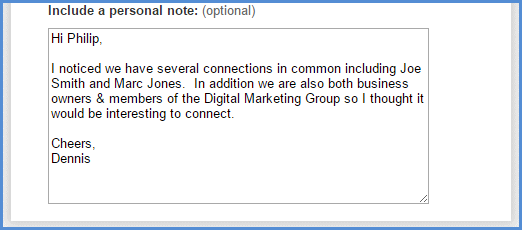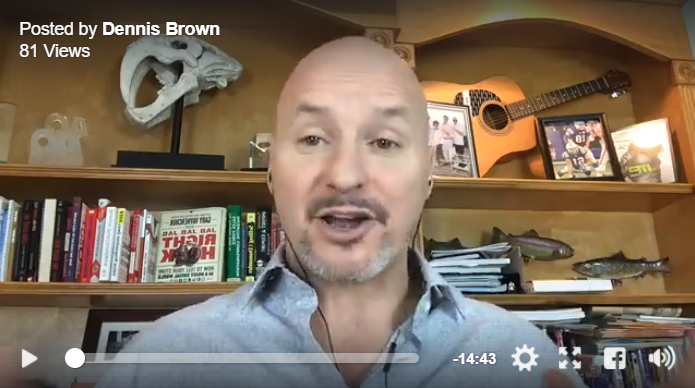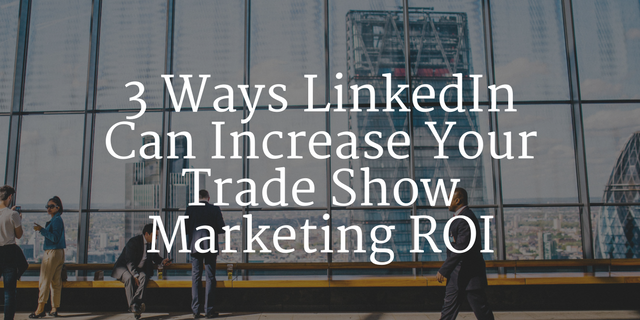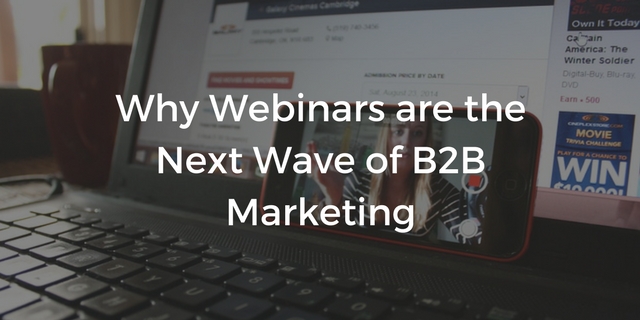I’ve been noticing a trend lately that a lot of people on LinkedIn are just plan lazy! They are doing all kinds of things to try and cut corners, so today I am going to talk about 4 LinkedIn mistakes that are hurting not only your credibility but are actually costing you sales.
Let me explain. My father in law is famous for taking what I call “long cuts” anytime he is behind the wheel. The fact is, his short cuts aka “long cuts” typically take longer to reach the actual destination. Like anything in business and in life there is a right way, a wrong way and an easy way. In my opinion, the best short cut in business is to follow a proven system and LinkedIn marketing is no different.
Click Here For Your FREE Cheat Sheet – “4 LinkedIn Mistakes That Are Costing Your Money!”
If you are doing any of the things listed below, I strongly urge you to stop immediately because they are repelling your target market and thus costing you money. The good news is after reading this article you will easily be able to correct these mistakes to avoid further loss of business.
Here Are 4 LinkedIn Mistakes that Are Repelling Your Prospects & Costing You Money!
Mistake #1 – Not Customizing Your Connection Requests
We’ve gotten past the point where most LinkedIn users have to “know” you personally before accepting a connection request (most users now realize that LinkedIn and Facebook have two distinct purposes!). That being said, being “human” on LinkedIn is essential to increasing your network and ultimately getting leads into your sales funnel.
When you send a connection request on LinkedIn, the system will automatically populate the request with some standard copy: “I’d like to add you to my professional network on LinkedIn.”
DO NOT send ANY connection requests with this standard text and avoid sending connection requests from any page on LinkedIn other than a persons profile page. (If using LinkedIn App make sure to click the top right hand corner of their profile and choose “Personalize Invite.”
Often times, your connection request is your first communication with a potential prospect. Other times, it’s a follow up to a meeting, call or introduction. This is the stage of the process where you want to bowl them over with your friendliness, attentiveness and personal touch. So why on Earth would you ever send a generic and boring connection request?
If your guilty, I forgive you. 🙂 But stop sending them…ok?
A short customized message is all you need – just don’t use the standard one. Mentioning a common group or connections can be a great way to warm up your prospect.
Commenting on an article or post they’ve shared publicly is another. These suggestions should significantly increase your success when connecting with your target market.
Always remember, it’s almost impossible to undue a bad first impression!
Mistake #2 – Jumping the Gun with Your Sales Pitch
No one likes to be beat over the head with a sales pitch especially when they barely know the other person.
Yet I get dozens of LinkedIn messages every week where one my connections sends me their long-winded, generic sales pitch. In many case, it’s not even a service or product that is relevant to me. Sometimes it’s even a service that competes with the LinkedIn training and consulting services I offer. This says a lot about how lazy marketers and sales people can be and how a shotgun approach can undermine your entire efforts.
There are a few different ways this can occur:
>> A random LinkedIn user searches for a specific keyword, then bombards any 1st level connections that show up in the search results with a message that is nothing more than a glorified sales pitch.
>> Someone who shares a few 2nd or 3rd level connections sends a request to connect (usually generic, as noted in Mistake #1), then upon you accepting their request they follow up immediately with their glorified sales pitch.
Both kill relationships before you even have a chance to start them. Both are a major turnoff to virtually everyone on LinkedIn users not to mention potential customers, influencers and referral sources.
Both circumstances will COST you potential customers and revenue.
While LinkedIn marketing and social selling are profoundly powerful tools that have helped me to land hundreds of customers and millions in revenue, the right perspective is essential. Your goal shouldn’t be to sell within the LinkedIn tool. Your goal is to use LinkedIn to build some very “human” relationships. Ultimately, your goal is to take the relationship offline so that then you can better understand their challenges and then offer effective solutions.
A proven LinkedIn sales system——- will help you do that without burning bridges or making a bad 1st impression.
Mistake #3 – Trying to Sell within LinkedIn Groups
LinkedIn Groups offer unique opportunities to provide value and build relationships with your target market. I’ve used groups to build strong relationships with not only prospective customers but influencers, media contacts and even referral sources.
Many LinkedIn users use groups to ask for advice or help with their business challenges. Yes, many LinkedIn users are in Groups to find people who provide what you provide and do what you do! There is incredible opportunity to generate revenue indirectly through LinkedIn Groups, but one of those opportunities does not include self promotion and beating people over the head with your sales pitch.
Below is an example of a group post where a user is looking for feedback. As you can see the post got over 41 comments related to the question. Again this is not the time for a sales pitch but if someone with expertise surrounding website development had simply offered real value it could have led to a potential opportunity.
The most successful LinkedIn users continually provide value. They offer assistance and answer questions, then they use their LinkedIn selling system to take conversations offline.
You will not generate revenue by constantly posting your latest promotions, deals or simply posting your own content repeatedly (especially if you’re not at least asking a question with the content, or trying to start a dailogue around a piece of content that provides real value).
Not only will you turn off members of that group, you could potentially “kill” the group. I’ve seen once-active LinkedIn Groups fall dormant after spammy sales people took over with too much promotional content. Don’t make this mistake.
EXPERT TIP ⇒ Before you share any content in Groups, read what others are posting, answer questions, comment on posts and establish yourself as someone of value.
Mistake #4 – Adding New LinkedIn Connections to Your Opt-in Email List without Permission
I’ve noticed more and more of my new LinkedIn connections are automatically adding me to their opt in email list. So much so that is could almost warrant its own blog post. It’s a major mistake that kills your credibility, burns bridges and generally makes your LinkedIn connections feel exploited. Of course it’s very easy to opt out but the fact is the damage is already done.
Sure, it’s tempting. Export your LinkedIn connections’ information into an Excel spreadsheet, then simply upload the document to MailChimp, Constant Contact or whatever email provider you use. Boom – you’ve instantly increased your email list by hundreds to thousands. Or, you make a new connection, then immediately head to your email provider to manually add them to the list.
However you might be doing it, I strongly suggest stopping now. Not only is this a violation of most email providers’ Terms of Use, as I mentioned previously it is a major roadblock to any truly successful LinkedIn selling. We’ve all received spam emails, and as a result many of us truly weigh the perceived value of subscribing to a particular email list.
Click Here For Your FREE Cheat Sheet – “4 LinkedIn Mistakes That Are Costing Your Money!”
So let’s look at the thought processes behind connecting on LinkedIn…
>> Maybe you targeted someone who fits your customer avatar on LinkedIn and sent a personalized connection request, following the advice mentioned above.
>> You established a nice personal touch and immediately stood out to that connection because of the uniqueness of your connection request, so he or she looked at your profile and found you are a real expert in your field and someone to potentially lean on as a resource.
Great, right? Warm fuzzies, strong, new connection. You’re off to a great start. This person now “knows you” on LinkedIn, at least at a high level.
On LinkedIn. That’s your relationship status, so to speak. When you’re at the grocery store and someone makes friendly conversation in line, how would you feel if that person suddenly invited you back into their home?
That’s how your connections feel when you automatically opt them into your email list.
Instead of opting them in without their consent, here are a few ideas on how to earn their trust and build your list.
- Send them a personalized LinkedIn message or direct email thanking them for connecting.
- Share content via LinkedIn status updates that demonstrates your thought leadership and if relevant you might consider even tagging your new connection.
- Write articles on LinkedIn and/or your blog that is relevant to your targeted connections. Be sure to make it easy and compelling for them to opt into your list with a strong call to action like a free report, cheat sheet or guide.
- Earn your subscribers, don’t steal them. And ALWAYS focus on providing value.
Avoiding these LinkedIn mistakes and focus your efforts on a proven LinkedIn selling system can literally 10x your results. Very soon I’ll be opening up a small number of spots in a limited release of my LinkedIn sales system called Linked Academy.
P.S. Don’t forget to connect with me on LinkedIn > www.linkedin.com/in/askdennisbrown
Cheers,
Dennis Brown
“Stop the madness. There’s a better way!”
LinkedIn Marketing & Social Selling Consultant, Trainer, Speaker
Connect with me on LinkedIn!
Follow me on Twitter!
Do you Facebook?











